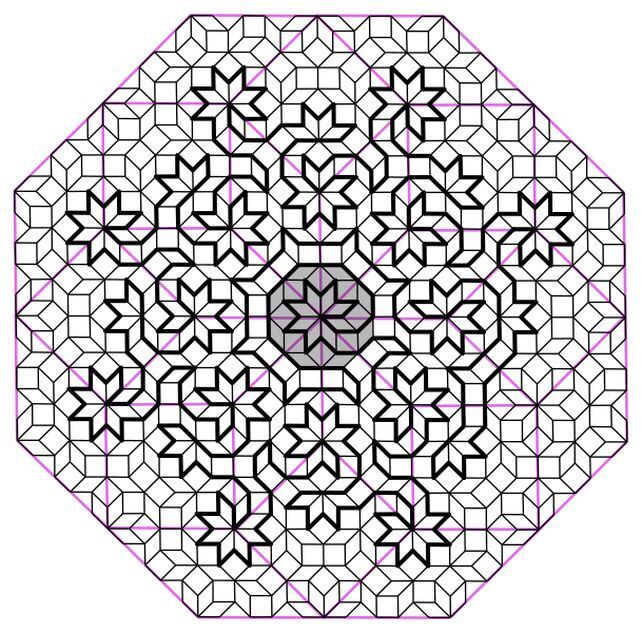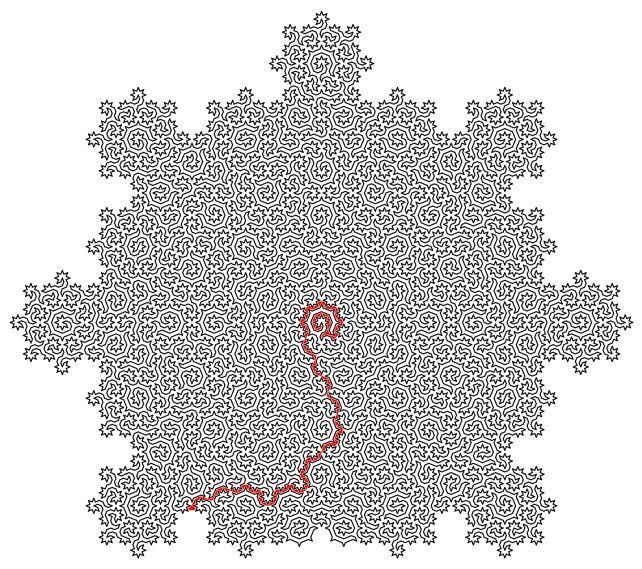News
Physicists have created the world's most complex maze. Photo
British physicists at the University of Bristol have created the most complex maze resembling the shape of quasicrystals. Felix Flicker, one of the project developers, noted that the principles of fractal geometry and strategic chess were used to create the puzzle.
A group of scientists created a series of routes with coincident starting and ending points, based on the principle of the Hamiltonian cycle. The intricate paths placed in the Amman-Becker mosaic form a "devil's" maze, ScienceAlert writes.
Felix Flicker said that when creating the research project, they were inspired by the movement of the Knight piece on a chessboard: "During a knight's round, a chess piece (which jumps two squares forward and one to the right) visits each square of the chessboard only once before returning to the original square. This is an example of a Hamiltonian cycle."
The final shape of the maze resembles a quasi-crystal, a matter that is a combination of ordered and disordered crystals. The atoms of the first group are arranged neatly and repeatedly, while those of the second group are chaotic. Due to this structural feature, the smallest particles of quasicrystals form patterns that are similar to each other but not identical.
Physicists at the University of Bristol have developed a puzzle that requires finding one of the Hamiltonian cycles to solve. Similar to the chess "Knight", when solving the maze, it is possible to visit each atom of the quasicrystal only once, forming a continuous line that does not break from start to finish.
The scientists note that the research project was not just for fun: "Our work also shows that quasicrystals can be better than crystals for some adsorption applications. For example, flexible molecules will find more ways to land on the misaligned atoms of quasicrystals. Quasicrystals are also brittle, meaning they can easily break up into tiny particles. This increases their surface area for adsorption."
Only verified information is available on the OBOZ.UA Telegram channel and Viber. Do not fall for fakes!






























